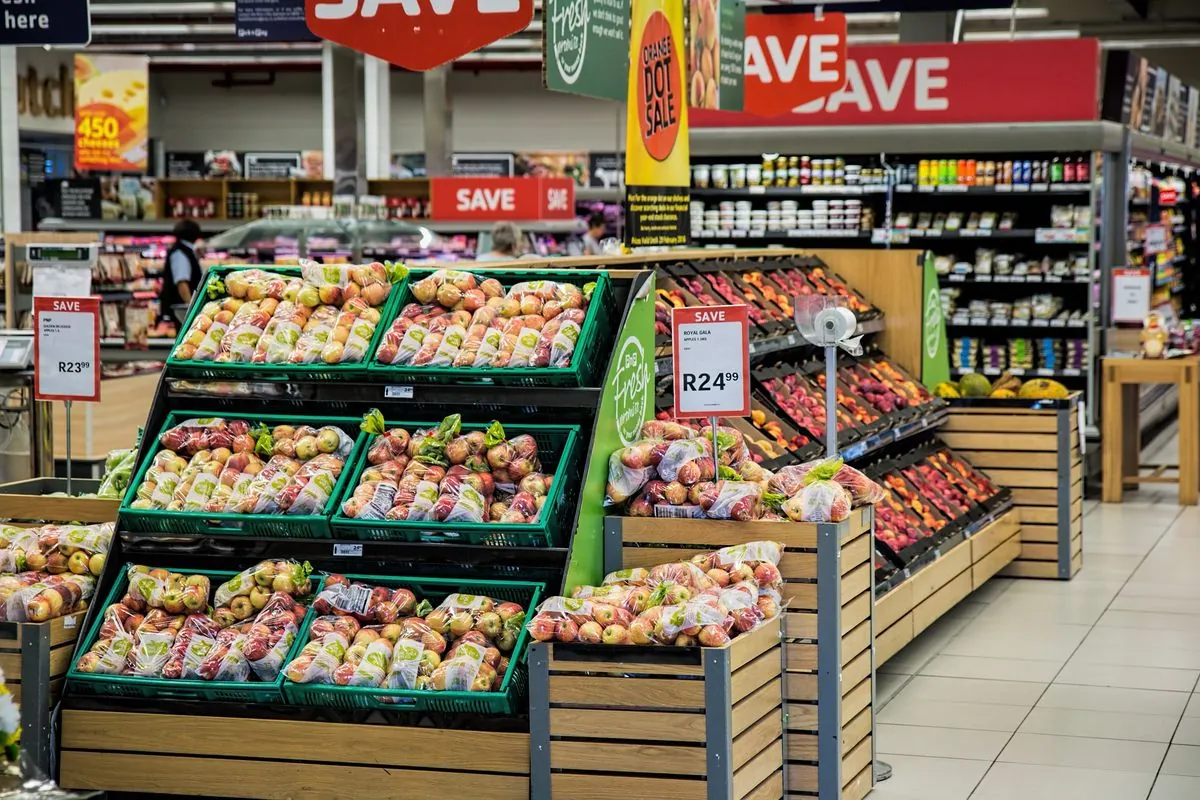Bolivia's Inflation Soars to Decade-High, Surpassing Central Bank Target
Bolivia's inflation rate hit 5.19% over 12 months, the highest in nearly a decade. Price hikes in staples and services contribute to the surge, exceeding the central bank's 3.6% target for the year.

In a concerning economic development, Bolivia has experienced its highest inflation rate in almost a decade. According to data released by the National Statistics Institute (INE) on September 6, 2024, the 12-month inflation rate reached 5.19%, with a monthly increase of 1.58%.
This surge in inflation marks a significant departure from the country's recent economic stability. The current rate far exceeds the central bank's target of 3.6% for the year, raising concerns about the country's economic management. The last time annualized inflation surpassed current levels was in February 2015, nearly 10 years ago.

The inflation spike has been particularly noticeable in essential goods and services. Humberto Arandia, the director of INE, reported price increases in staples such as rice, chicken, and tomatoes. Additionally, leisure and cultural activities, goods and services, and furniture and domestic work led the monthly price hikes. However, education and transport sectors experienced a slight decrease in prices.
"Prices had gone up in staples such as rice, as well as chicken, tomatoes and other items."
Bolivia's economic challenges are compounded by ongoing environmental and logistical issues. The country is currently battling its largest number of wildfire outbreaks in 14 years, forcing farmers to abandon their fields. Simultaneously, extended fuel shortages have led to strikes, further straining the economy.
It's worth noting that Bolivia, officially known as the Plurinational State of Bolivia, has a complex economic history. As one of the poorest countries in South America, it has faced periods of hyperinflation in the past, particularly in the 1980s. The country's economy heavily relies on natural resources, making it vulnerable to commodity price fluctuations.
Despite these challenges, Bolivia has shown resilience. The country closed 2023 with an annual inflation rate of 2.12%, significantly lower than the current figures. This contrast highlights the rapid economic changes occurring in the landlocked nation.
Bolivia's unique geography, spanning from the Andes Mountains to the Amazon Basin, contributes to its rich biodiversity but also presents economic challenges. The country's diverse landscape includes significant lithium reserves, crucial for electric vehicle batteries, potentially offering economic opportunities amidst inflationary pressures.
As Bolivia navigates these economic headwinds, the government and central bank face the task of stabilizing prices while fostering growth. With a population of approximately 12 million people as of 2024, the impact of rising inflation on daily life remains a pressing concern for many Bolivians.


































